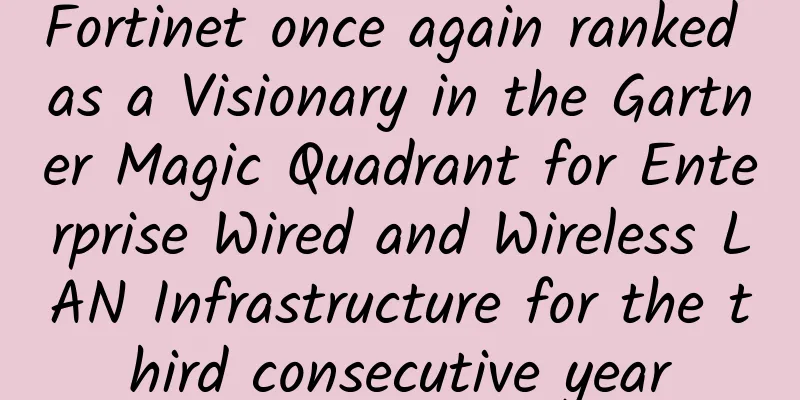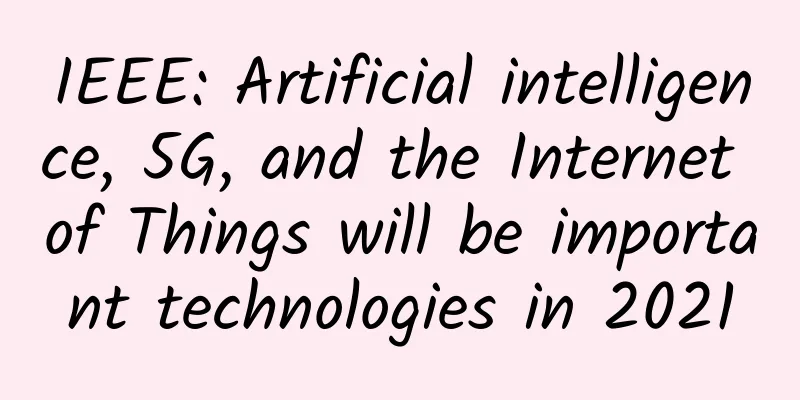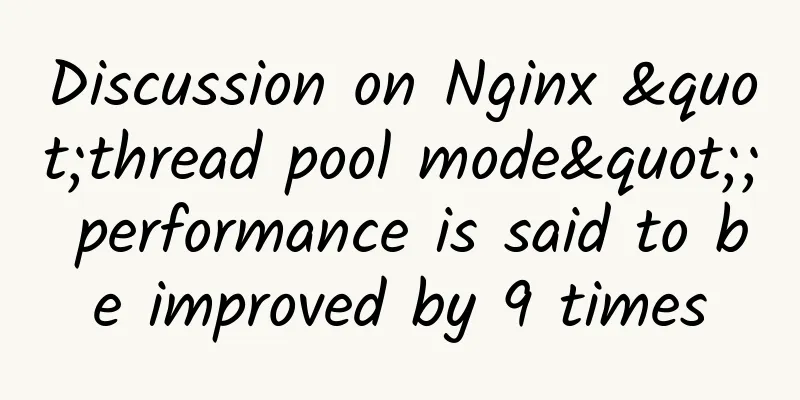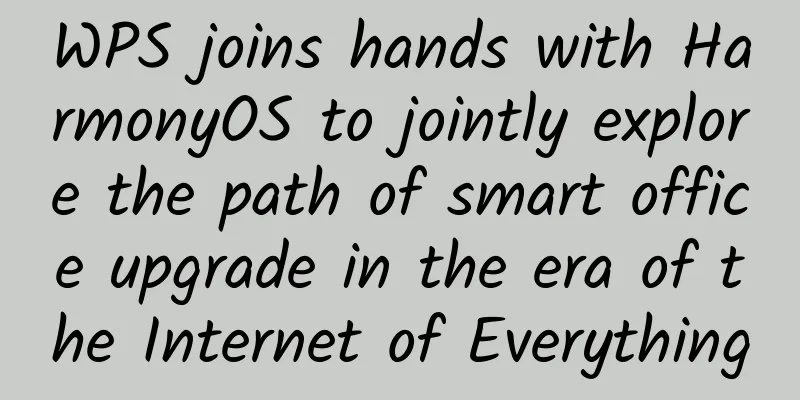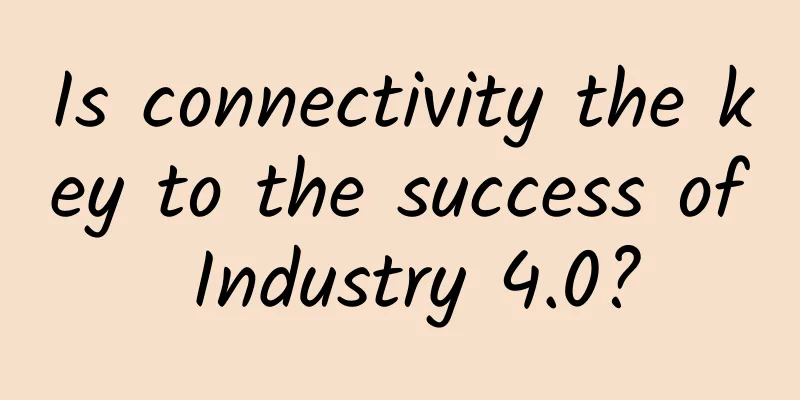The invisible shift of HCI

|
Arthur C. Clarke, a famous British science fiction writer, once hypothesized that "any sufficiently advanced technology is indistinguishable from magic." Of course, the observer of the "magic" in this hypothesis is unaware of the technology itself. In the world of data centers, IT executives, and tech-savvy end users, there is no magic. When infrastructure technology develops to become the foundation for other solutions, it may not be magic, but its ubiquity makes it almost invisible. This invisibility does not necessarily make the technology less valuable to its creators or users. Take electricity, for example, it is both visible and invisible, and its presence is certain wherever it goes. Yet without electricity, countless applications and supporting devices would never have been invented, and most of human civilization would not exist.
Hyperconverged infrastructure (HCI) is on such a journey. HCI technology is rapidly improving and adapting to the point where it is considered to be the core of modern and future data centers. Now is the time to innovate on this basis and find and clarify use cases. Without HCI, problems cannot be solved in an efficient and economical way. The origin of magic: A brief history of the development of hyperconverged infrastructure (HCI) Hyperconverged infrastructure (HCI) was originally a hypervisor-based software-defined IT infrastructure for virtualizing all the major components of a computing environment - CPU, storage and network. This led to the development of modular and scalable HCI appliances that tightly integrated all of these components. These components and appliances are ideal for use in cloud computing data centers and have enabled companies such as Google, Facebook and Amazon to build and hyperscale their own private clouds. HCI has also enabled virtual desktop environments (VDI) for businesses in every industry, not to mention other specific applications such as video surveillance. Hyperconverged infrastructure (HCI) applications have typically focused on a single use case, but continued advances in policy-based management and performance enhancements are driving faster and broader adoption. Today, enterprise IT teams are looking for simplified and cost-effective solutions to manage hybrid cloud infrastructures (on-premises private clouds connected to public clouds). Hyperconverged infrastructure (HCI) can help bridge the management gap between public and private clouds. HCI is highly composable - configurable, scalable, and orchestrated. And HCI can be fine-tuned to a specific environment, whether it is core, cloud computing, or edge computing, depending on the workload and the performance priority of the workload. From infrastructure development to purpose-built solutions Hyperconverged infrastructure (HCI) is no longer new. Its acceptance has become widespread enough that customers are looking for dedicated solutions not only from their vendors and equipment for efficient virtual infrastructure management. Build the best HCI solutions so that they can adapt to the development of emerging technologies. This is very important for vendors who want to provide powerful vertical solutions on top of their HCI architecture. Customers just need some effective products and services that can solve their problems immediately. "Information technology has changed," said John-David Lovelock, an analyst at Gartner. "IT has moved from supporting the business to doing the business." In other words, customers want more from their IT dollars than hardware, support staff, contracts, and normal operations. They want IT innovation, services, and solutions, not just infrastructure, but the business solutions that infrastructure supports. May become invisible, but almost insignificant Should this worry today’s HCI providers? Not if they’re thinking strategically and listening to their customers. HCI providers offer reliable, efficient, and high-performance infrastructure, and these solutions work very well. But customers are unlikely to ask questions about HCI providers alone. Because while HCI providers are not magic, they were almost as invisible as electricity many years ago. In order to continue to develop, hyper-converged infrastructure (HCI) must become a standard service and lay the foundation for a wider range of business solutions. For customers, "hyper-converged infrastructure (HCI) as a service" should be a software-defined platform that can handle the unique needs of user businesses. Whether it is physical equipment, on-premises deployment, or cloud platforms, this should be done, even IoT devices at the edge. It needs to be simply managed and customized on the fly, without having to think about how the underlying operations are performed. The distinctions between devices, software, and business processes will blur, so that enterprises can purchase and deploy without having to think about the underlying infrastructure. This is not magic, it is just the invisible foundation for future innovation What does all this mean for the future of HCI? Enterprises need HCI for specific use cases, but also need scalability, simple cloud integration, workload and workload performance automation, and the overall intelligence needed to simplify the management of all of this at the organization-wide level. In the future, enterprises will demand more inclusive solutions that meet a wider range of business needs. Emerging technologies are the new, such as software-defined everything, everything-as-a-service, edge computing, fog computing, auto-composability, and so on. Some of them will thrive, and some will die. However, the true digital renaissance will not only come from new things like IoT, robotics, and AI/machine learning. These innovations will fundamentally change the way business is done, and will also change the world itself and how challenges are solved. However, this renaissance requires a proven foundation that can stand the test of time. As we navigate the waves of ever-changing technology disruption, hyperconverged infrastructure (HCI) will remain a constant presence. It may not be obvious or catch the eye, but it is the foundation upon which new technological breakthroughs are built. |
<<: Low Power Wide Area Network (LPWAN) Technology – Benefits and Testing Challenges
Recommend
If you are in the communications industry, you will be out if you don’t understand these nine 5G issues
China's 5G era has arrived as promised! The f...
Tong Yongyue of Yunfan Accelerator: Deconstructing CDN and Returning to the Original Intention
The 2017 Asia-Pacific CDN Summit was held in Beij...
Wenku: 5G terminal connections have exceeded 200 million
On December 24, 2020, at a press conference held ...
The three major operators are accelerating their computing power
Computing power is the core of cloud computing. W...
HostingViet: Vietnam VPS annual payment 40% off, 2GB/20G SSD/unlimited traffic/annual payment starting from 190 yuan
HostingViet has launched a promotion for the firs...
IMIDC server restock: Hong Kong & Taiwan starting from $39/month / Japan server starting from $49/month
IMIDC (Rainbow Network) Hong Kong, Taiwan and Jap...
Do we really need a cloud-native edge to support 5G?
[51CTO.com Quick Translation] Convergence has bee...
Come to Fuzhou on March 21 to experience Huawei's "immersive experience" Smart Island!
[51CTO.com original article] Speaking of "im...
Analysis on the development prospects of China's medical information industry during the 13th Five-Year Plan
The development stage of medical informationizati...
Basic forms of edge computing in the 5G era
Cloud computing is based on technologies such as ...
SRv6—A killer for 5G technology implementation
The development of 5G services has put forward hi...
Comment: Why is the price war in the CDN industry slowing down at this stage?
In the past two years, cloud computing companies ...
ADLINK and Wind River Systems establish joint lab to focus on remote integration and testing of NFV solutions
[51CTO.com original article] On February 16, 2017...
Akamai Li Wentao: Starting from four major strategies, helping enterprises build a new paradigm for public cloud
In today's digital age, cloud computing has b...
